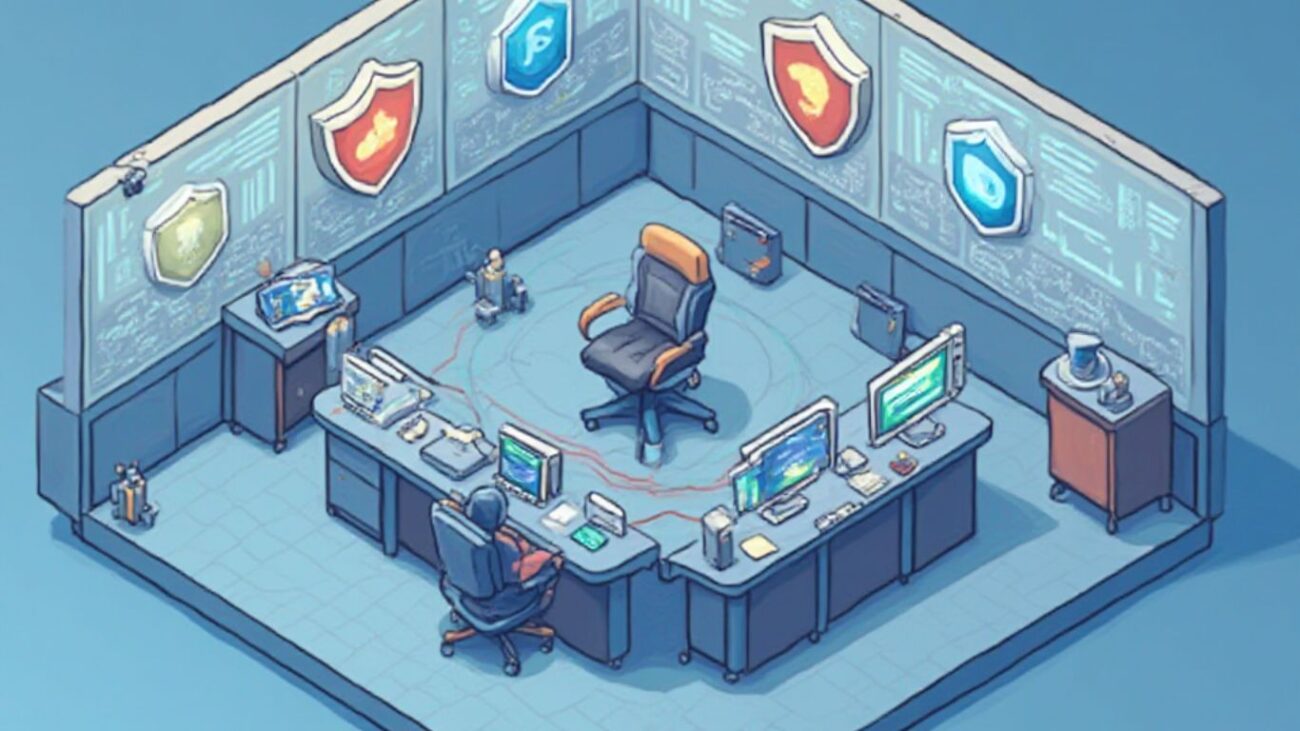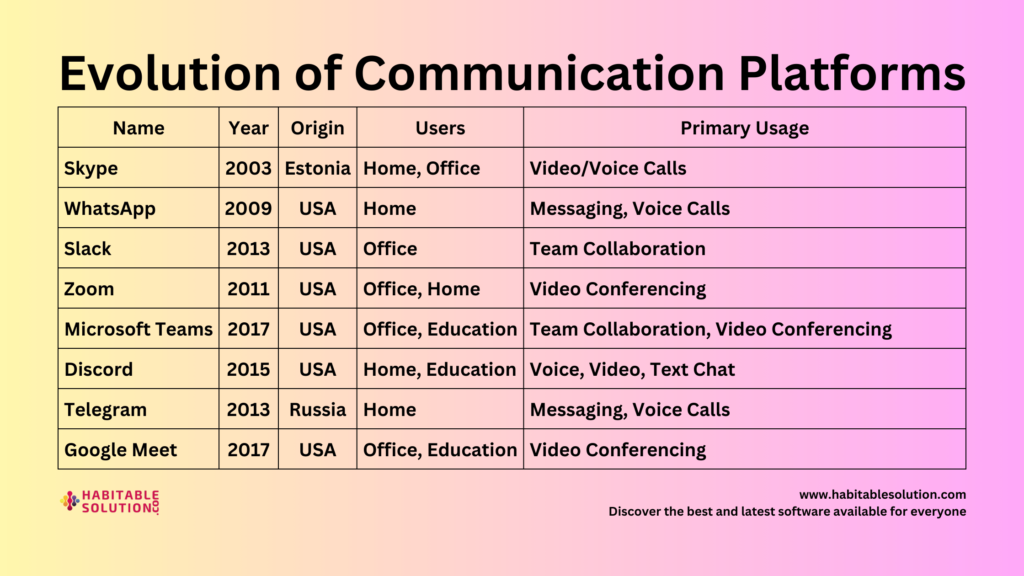The meme that morphed into a nightmare

One Friday night in London, an 18-year-old on police bail plugged an Amazon Fire TV stick into a hotel television, tethered his phone for Wi-Fi, and started typing. Hours later Rockstar Games’ internal Slack erupted: GTA VI source code dumped. The attacker—Arion Kurtaj of the Lapsus$ crew—had already humiliated Uber, NVIDIA and Revolut; now he wanted to watch the world’s most-anticipated video game burn. Southwark Crown Court later declared Kurtaj “indefinitely dangerous,” ordering him locked in a secure hospital until doctors deem him safe. The GuardianReuters
The tools he used were not nation-state zero-days. They were public scripts, stolen VPN credentials and a barrage of multi-factor-auth prompts. Kurtaj isn’t a glitch in the Matrix—he’s the new normal.
Three cheap ingredients that fuel teenage cyber-mayhem

- One-click exploit kits
A casual search on GitHub reveals projects with names like Auto-Pwn-Everything or Ultimate Exploiter 3000, complete with Discord support and five-minute YouTube walkthroughs. Copy, paste, run—no code mastery required. - A tsunami of credentials
January 2024’s “Mother of All Breaches” spilled 26 billion records; when you fold in earlier leaks, more than 34 billion unique logins now circulate in credential-stuffing wordlists—roughly four per person on Earth. Cybernews - AI on autopilot
Browser plug-ins fingerprint a target, draft spear-phish in fluent local slang, and ask large language models to generate polymorphic reverse shells in under a minute. The gap between a CTF champion and a curious ninth-grader has collapsed to intent, not ability.
Put those ingredients in the hands of a bored teenager and you’ve given a twelve-gauge to someone who has never seen a firearm safety video.
Real-world shockwaves

Across the globe, low-budget attacks escalate into seven-figure headaches.
Australian super funds, April 2025 – Over one weekend credential-stuffing bots battered the login portals of Australia’s biggest retirement funds. Four AustralianSuper members lost a combined A$500,000; thousands more couldn’t even see their balances as portals buckled under traffic. Regulators confirmed the attack relied on passwords recycled from older breaches. ABCThe Guardian
High-school DDoS-for-hire – A group of U.S. students rented a $30 “booter” service they found on Instagram, knocking district servers offline for a week. Their motive? “We wanted a longer spring break.”
Ransomware in small clinics – A Florida medical office paid $120 000 after a kit (downloaded with a cheerful PDF manual) encrypted every patient file. The attackers bragged on TikTok that they’d “learned cybersecurity during study hall.”
If teenagers can loot pensions, freeze classrooms and ransom clinics, no target—personal blog, indie SaaS, smart fridge—is too insignificant.
Why defenders keep losing the sprint

Attackers race electric scooters; defenders jog in lead boots.
- Patch speed vs. exploit speed – Bugs are weaponized in hours, yet many organizations still batch-patch every second Tuesday.
- Password reuse pandemic – Even senior admins recycle “Summer2024!” across work and personal accounts.
- Flat networks – Once an outsider sneaks through reception, every door inside is already propped open.
- Alert fatigue – SOC dashboards vomit thousands of medium-severity warnings a day; the single critical beacon gets buried.
Until these fundamentals shift, script kiddies will keep treating corporate networks like mall food courts—wander anywhere, sample everything, rarely get caught.
Six plain-language moves that actually work

- Kill the password
Roll out passkeys or FIDO2 hardware tokens that unlock with your phone’s biometrics. No shared secret = nothing useful to steal. Enterprises piloting passkeys in 2024 slashed credential-stuffing success by nearly 90 %. Corbado - Patch like Netflix, not mainframes
Treat a critical security fix the way a streaming giant treats a buffering bug—ship today, not next quarter. Automate the pipeline so a low-risk patch never waits for a change-control meeting. - Break up the house
Segment networks so every hallway has its own lock. If a burglar grabs the kitchen key, they shouldn’t stroll straight into the vault. - Mute the noise
Deploy smart log filters that squash 500 identical alarms into one actionable alert. Humans fight what they can see. - Red-team on “kid mode”
Challenge internal testers (or a contract crew) to use only public scripts and leaked creds. If they can’t break in quickly, odds drop that an actual sixteen-year-old will. - Reward security wins in public
Celebrate the developer who patches a high-severity bug within one sprint. Positive peer pressure beats compliance slides every time.
Implement even half of these and you flip the economics: suddenly the teenager needs patience, skill and custom code—three things script kiddies lack.
Culture: the un-patchable variable

Tools are cheap; discipline is hard. The companies outrunning teenage hackers treat cyber hygiene like a team sport:
- They dissect fresh breaches in Monday stand-ups.
- They slot ten-minute phishing quizzes between backlog grooming and coffee runs.
- They grant bragging rights—and gift cards—to anyone who merges a security fix faster than a feature request.
When “secure velocity” becomes a badge of honor, apathy—the attacker’s best friend—dies on the vine.
The takeaway (and one small favor)

The internet now hands teens point-and-click exploits, oceans of passwords and free AI sidekicks. It hands defenders lightning-fast automation, passkeys and real-time telemetry too. The showdown is less about tools than about who decides to use them.
Flip the switches—erase passwords, patch at cloud speed, break your network into zero-trust rooms—and the next “14-year-old hacks major bank” headline becomes background chatter. Ignore those fixes and that headline might star you.
Do one thing right now: share this article with the friend who still reuses the same login everywhere. You’ll spare them a weekend of frantic password resets—and you’ll signal to would-be attackers that grown-ups are finally paying attention.
Stay curious, stay patched, and passkey-up.
People also search for:
- Is it okay to be a script kiddie?
- What is a script kiddie?
- Hacker script roblox
- Hacktivist hacker
Written by Tahsin Tariq [ Habitablesolution.com]





